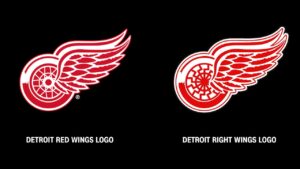You might remember Dove’s social media post that went viral in October 2017, showing a looping image of an African-American woman removing a dark brown t-shirt to reveal a white woman. Backlash ensued on social media and Dove quickly issued an apology admitting that the advertisement “missed the mark.”
Recently, Swedish worldwide apparel retailer H&M advertised a hoodie for sale featuring a black child, who lives in Stockholm, modeling a sweatshirt with the phrase “Coolest Monkey in the Jungle.”
Once again, many people took to social media to question how such an offensive advertisement was approved by the retailer’s marketing team. Among them was New York Times columnist Charles M. Blow who posted on Twitter, “Have you lost your damned minds?!?!?!” British-based diversity advocate, Models for Diversity, criticized H&M’s judgment in choosing this model to advertise the hoodie, tweeting, “How on earth can this be? SHAME ON YOU!”


